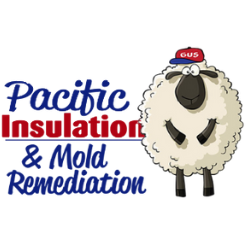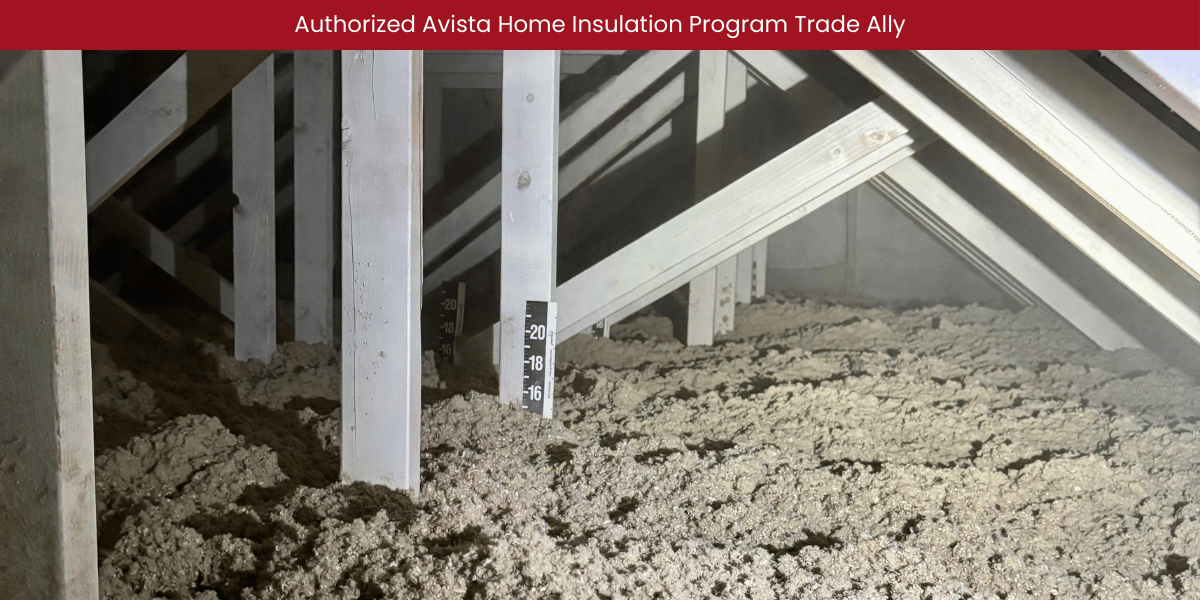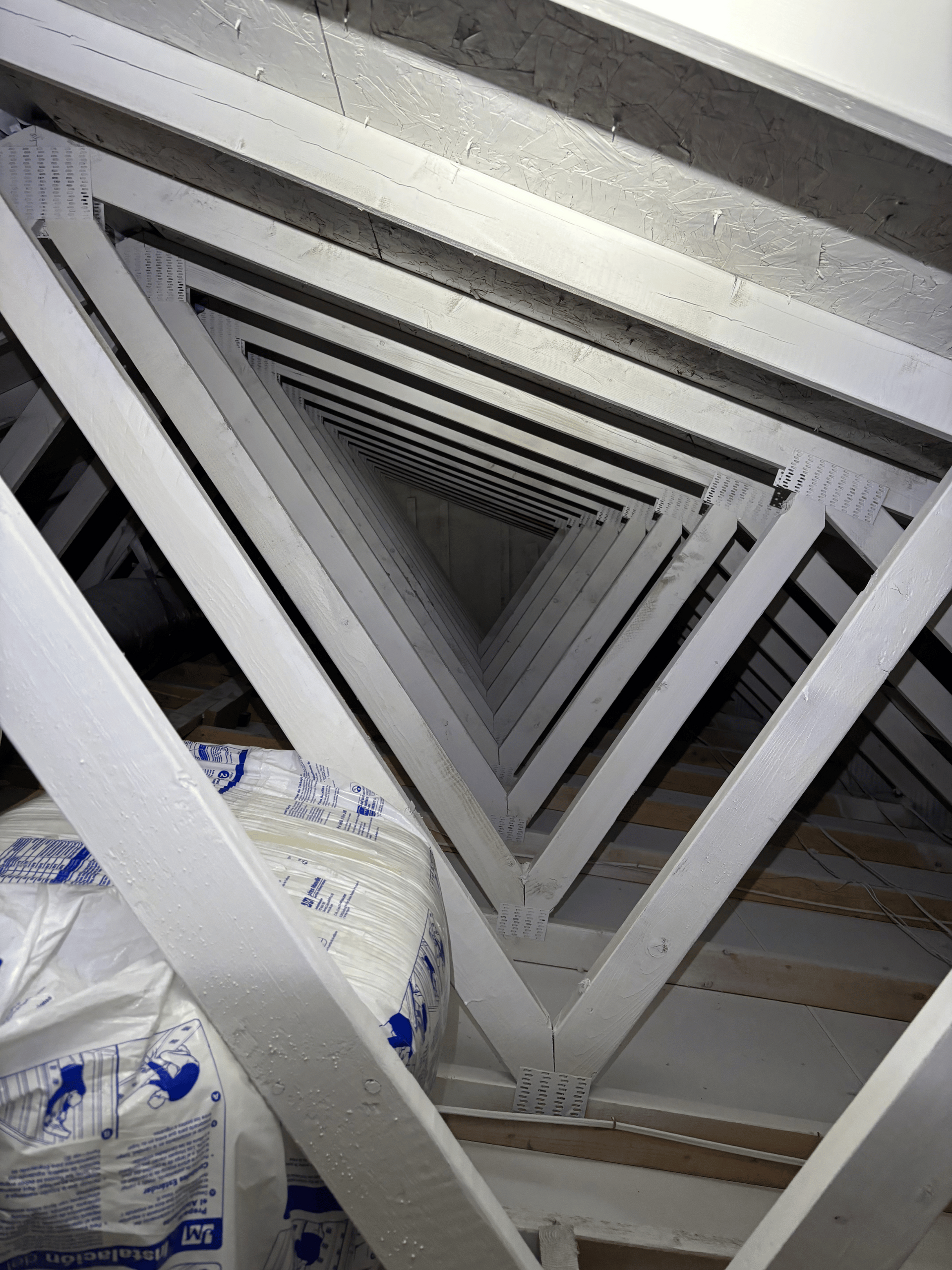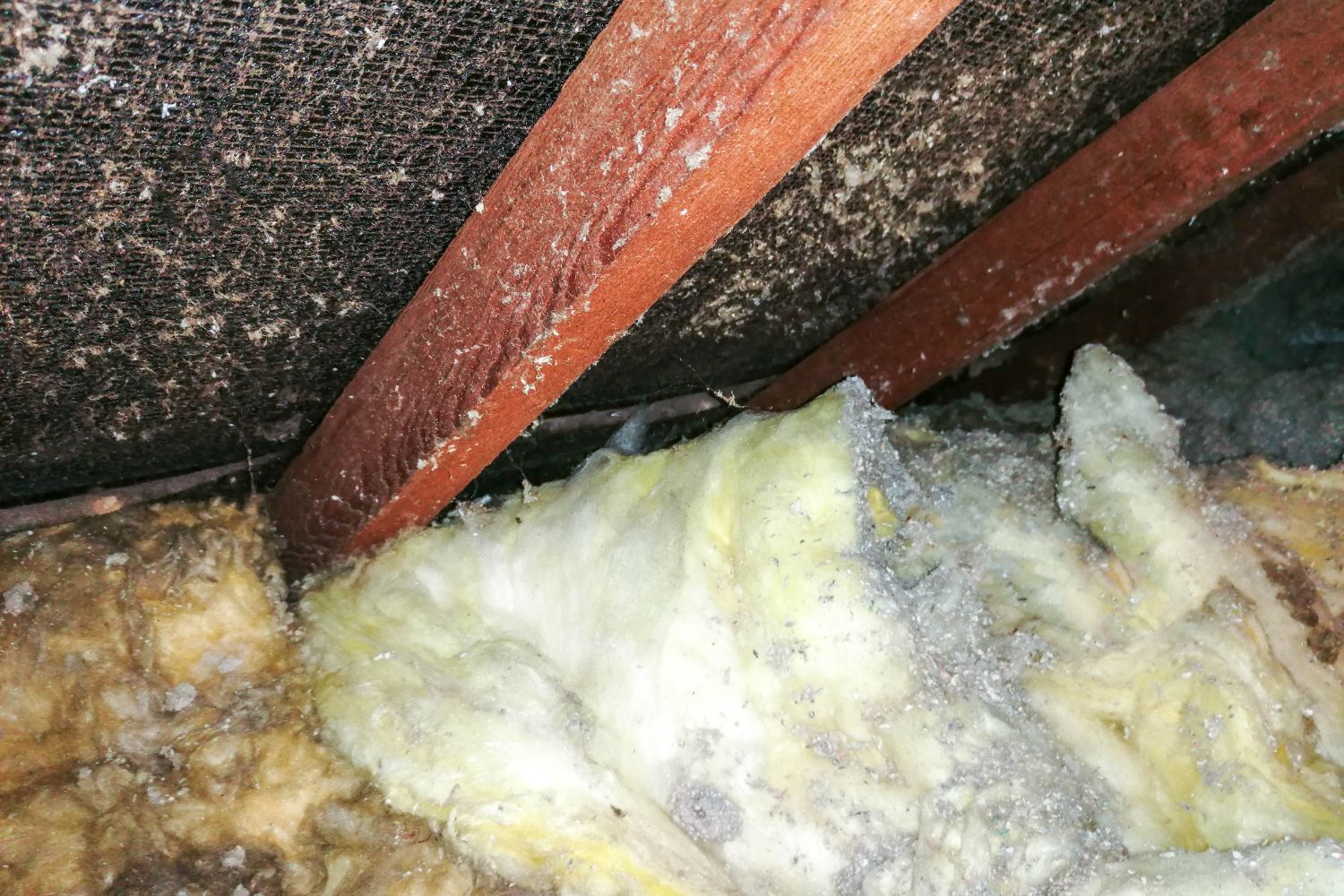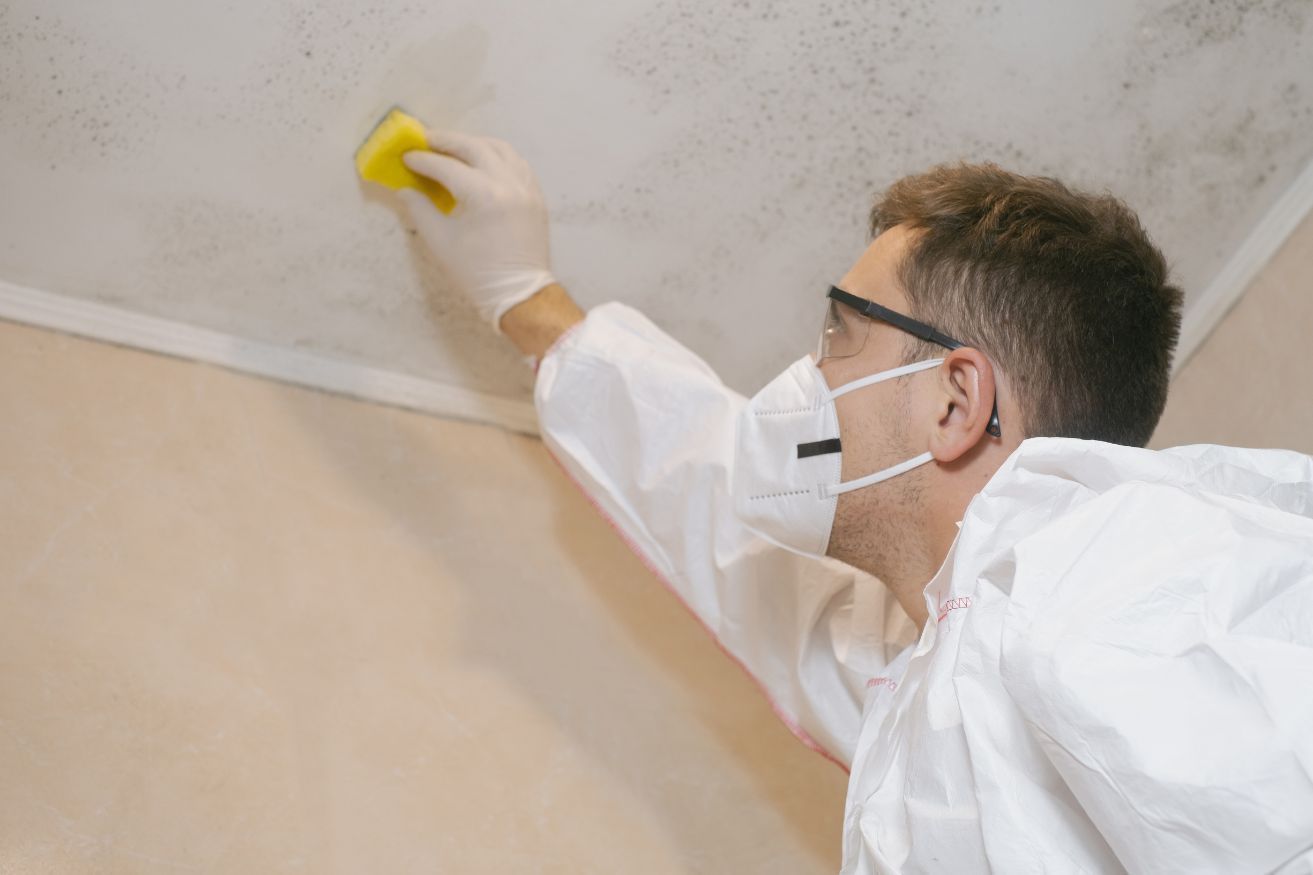Think you're overpaying on energy bills?
Gus Koedding • April 2, 2025
Several factors have contributed to higher Avista utility bills for Spokane County residents in 2025:
- Approved Rate Increases:
- Electricity: The Washington Utilities and Transportation Commission (UTC) approved an electric revenue increase of $11.9 million (2.01%) by the end of 2024 and an additional $44.4 million (7.51%) effective December 21, 2025. This translates to a typical residential electric customer using 945 kWh per month experiencing an increase of $2 (1.7%) per month in 2025, resulting in an average monthly bill of $116.39, and an additional $5.07 (4.4%) per month in 2026, leading to an average monthly bill of $121.46. UTC+1Avista Utilities+1
- Natural Gas: The UTC approved a natural gas revenue increase of $14.2 million (11.15%) by the end of 2024 and an additional $4 million (2.81%) effective December 21, 2025. This means a typical natural gas residential customer using 66 therms per month can expect an increase of $4.85 (5%) per month in 2025, resulting in an average monthly bill of $101.19, and an additional $1.32 (1.3%) per month in 2026, leading to an average monthly bill of $102.21. UTC
- Infrastructure Investments:
- Avista has been investing in infrastructure and technology upgrades to maintain and enhance the safety and reliability of its services. These investments include the systematic replacement of portions of natural gas distribution pipes installed before 1987 and other service equipment. Additionally, technology upgrades support necessary business processes and operational efficiencies.
- Transition from Coal-Fired Generation:
- In compliance with Washington's Clean Energy Transformation Act (CETA), Avista is required to eliminate coal-fired generation from serving Washington customers by the end of 2025. This involves removing costs associated with generation from the Colstrip Generating Plant, in which Avista holds a 15% ownership of Units 3 and 4. The transition to cleaner energy sources necessitates significant infrastructure investments, contributing to higher costs for consumers.
- Increased Operational Costs:
- The costs of operating and maintaining utility systems have steadily increased, outpacing revenue. Factors such as inflation, compliance obligations, and the need to replace aging infrastructure have contributed to higher operational costs, which are reflected in customer rates.
Collectively, these factors have led to increased utility bills for Avista customers in Spokane County in 2025.
